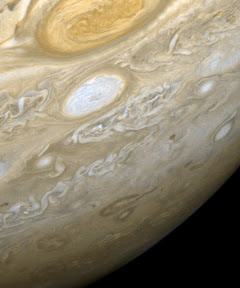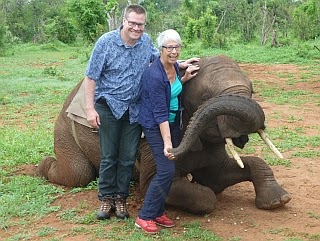We caught an early flight on Saturday, hired a car, and drove straight to Mullumbimby to spend half a day meeting with John Daniels, Artiwood’s former owner. John is currently working for us on a contract basis. He’s coordinating several projects such as sourcing new products and migrating the company’s print catalogue into new publishing software.
John kindly hosted us for lunch at his new home. He sheepishly admitted that the proceeds of our recent acquisition facilitated its purchase. A part of me envies him, as we took out a significant business loan to acquire the business. However, it's also a tangible motivator in terms of what we could achieve for ourselves as owners at some point.
We checked into the Ramada Hotel in Ballina once our meeting was done. I booked us a superb room overlooking the Richmond River. Saturday evening was spent in Meerschaum Vale celebrating our friend Liz Marchant’s 40th birthday. She and her husband, Adam, recently bought a lifestyle block about 23 km inland from Ballina.
The celebrations included a live band, a lively crowd and plenty of alcohol. I'll be the first to admit that my memories of the evening are a little hazy. Tonight, we’re back in Brisbane ready to spend a full day in the warehouse before flying back to Sydney tomorrow night. I briefly reviewed the warehouse and condition of the stock while conducting due diligence on the business in May. However, this is Garry's first chance to see the facility.
We checked into the Ramada Hotel in Ballina once our meeting was done. I booked us a superb room overlooking the Richmond River. Saturday evening was spent in Meerschaum Vale celebrating our friend Liz Marchant’s 40th birthday. She and her husband, Adam, recently bought a lifestyle block about 23 km inland from Ballina.
The celebrations included a live band, a lively crowd and plenty of alcohol. I'll be the first to admit that my memories of the evening are a little hazy. Tonight, we’re back in Brisbane ready to spend a full day in the warehouse before flying back to Sydney tomorrow night. I briefly reviewed the warehouse and condition of the stock while conducting due diligence on the business in May. However, this is Garry's first chance to see the facility.
Finally, a quick shout-out for our rental car. Avid readers will recall that we recently bought a new company car, a Nissan Qashqai. We were delighted to discover Hertz had a Qasqhai available at a bargain price thanks to a special Amex discount (we paid $33.16 for a three-day rental!). As a result, we've been driving around in a cheaper edition of our company car. Sweet!

























































